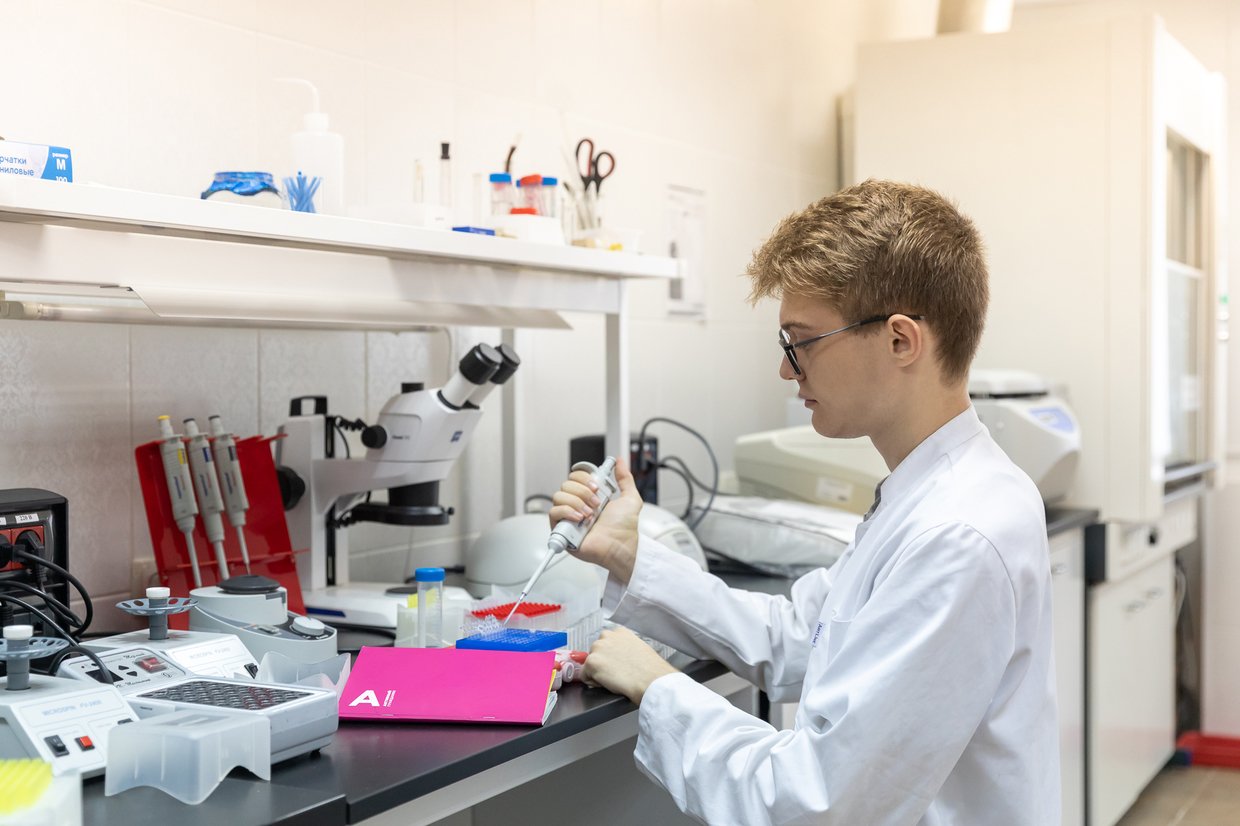Genetics as priority: Russian universities aim to become global research giants
Over 100 universities are participating in a state program to boost research programs with a view to making scientific breakthroughs. Genetics and energy are among the priority trends.
In June 2021, Russia’s Ministry of Science and Higher Education called on the country’s universities to participate in the ‘Priority 2030’ academic leadership program. The initiative aims to boost education and research projects, as well as representing Russia as an attractive place for foreign students and scientists. The program is expected to balance the education process in all Russian regions, and to make sure that students have the opportunity to realize their scientific potential.
As a result, more than 100 Russian universities became participants and would receive at least 100 million rubles ($1.4mn) annually under the program. Dozens also applied for special grants of up to 1 billion rubles ($13.6mn) per year. According to Minister of Science and Higher Education Valery Falkov, most of the programs are linked to genetics, the energy sector, or Arctic research. “There are a lot of strategic projects dedicated to modern genetics, and not only in classic biology, but also in agriculture and medicine,” he told the media in September.
‘Agro-breakthrough’
One of the higher education centers that became a Priority 2030 participant is the Russian State Agrarian University in Moscow, named after Kliment Timiryazev, the world-famous botanist and physiologist. The university won a special development grant in the Research Leadership nomination. According to its education team’s vision, modern agriculture is facing a major challenge – to provide a growing population with quality food and to preserve nature for future generations at the same time. So, it designed a special development program called ‘Agro-breakthrough 2030’, which consists of four main projects.

The first one, called ‘Agro-science: Global challenges’, is dedicated to gaining new knowledge and technology, plus creating new research fields. The second one aims to boost the number of professionals in the industry, focusing on the education of future researchers. The third has been developed to provide wider support for talented youngsters. And the last one, ‘Green Campus’, aims to transform the university by setting up museums and tourist routes to make it more attractive for visitors.
“While developing Agro-breakthrough 2030, we want to achieve significant results for the agricultural complex for both our country and the whole world,” the university’s rector, Vladimir Trukhachev, said while presenting the program in September.
Aiming to bring its research to a new level, the Agrarian University has opened a brand-new laboratory of genetics, selection and biotechnology. The facility, created with support of the German pharmaceutical and life sciences giant Bayer, is equipped with cutting-edge technology to research plants on a molecular and cellular level.

Tool to make drugs & vaccines research easier
Another education center, which became a Priority 2030 academic leadership program participant and received a Research Leadership grant of almost a billion rubles, is St. Petersburg’s ITMO University. Previously called LITMO – Leningrad Institute of Precision Mechanics and Optics – the university now leads a wide range of research in telecommunications and sensors, as well as robotic, energy-saving and artificial intelligence technologies.
ITMO’s work is also dedicated to health monitoring, as well as to genetic studies. Its specialists, together with colleagues from Austria, developed the Parallel Rearrangements and Breaks identification toolkit (PaReBrick) – an algorithmic solution for the identification of parallel rearrangements in bacterial populations. This is how it works, researchers explain: “The tool takes a collection of strains represented as a sequence of oriented synteny blocks and a phylogenetic tree as input data. It identifies rearrangements, tests them for consistency with a tree, and sorts the events by their parallelism score. The tool provides diagrams of the neighbors for each block of interest, allowing the detection of horizontally transferred blocks or their extra copies and the inversions in which copied blocks are involved.”
According to the scientists, the PaReBrick tool has great potential in evolutionary, molecular and medical studies. It can be used to research the rapid emergence of new bacterial phenotypes, as well as antibiotic resistance mechanisms. It may also contribute to the development of drugs and vaccines.












